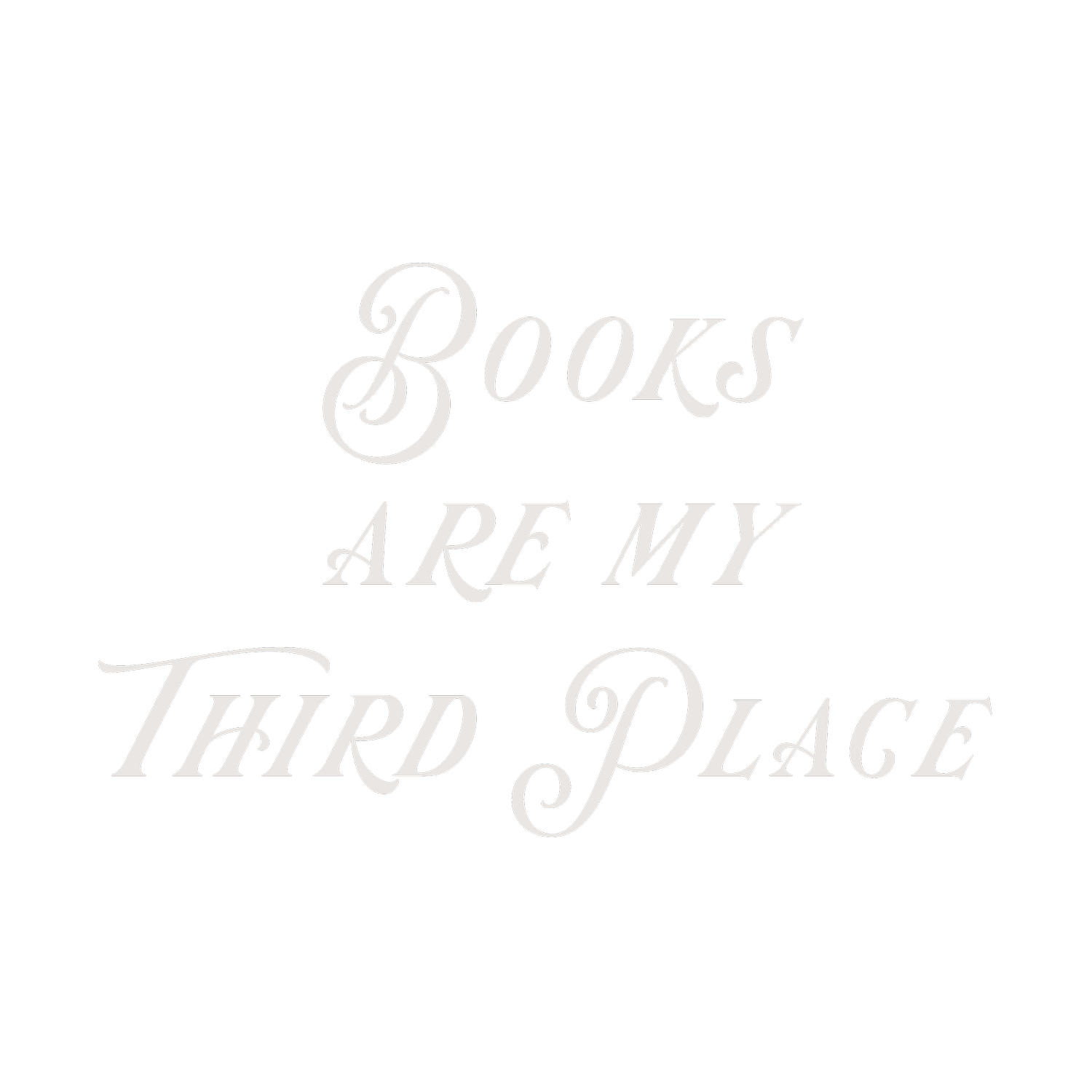49+ Bookish Acronyms + Phrases You Need to Know
Ok, what’s with all the acronyms?! If you’re new to the bookish community, you might find yourself confused by all the acronyms and phrases being thrown around in all of the posts, reels, and tiktoks. I know I was. Even as a lifelong reader, I had no clue what some of them were. TOG? DNF? Spice? But don’t worry, I’ve got you covered. And if you’re a seasoned pro, have a look and make sure I didn’t forget any.
Below you’ll find a helpful list of 49 of the most common Bookish acronyms and phrases to get you started and in the know. You’ll be saying things like, “I DNF’d that one, but added HOSAB to my TBR–I totally ship Bryce and Hunt,” before you know it.
It’s never fun to feel left out–especially when we’re all nerds and have felt ostracized at some point in our lives. I hope this helps you feel welcomed to the community!
ARC/eARC
Advanced Readers Copy. A book received prior to its’ publishing date for the purposes of reviewing. It may also be an uncorrected proof.
Backlist
The entire catalog of an Author; all of an author’s books.
BIPOC
Black, Indigenous, Person of Color
Book haul
Books that you purchase from a trip to the bookstore or books you check out from the library.
Canon
When something is accepted as officially part of the story by its fan base and usually confirmed by the author. As opposed to “head canon”, which is when you have an unconfirmed theory of what you think happened or will happen in a story.
CR
Currently Reading
CW/TW
Content Warning/Trigger Warning
DNF
Did not finish, meaning you decided the book wasn’t for you and you stopped reading it.
DRC
Digital Review Copy
Fanfic
Fan Fiction
FTB
Fade to Black. When sexy time is not on the page.
Galley
Another word for an ARC/eARC.
GR
Goodreads, a review and book discovery site.
HEA
Happily Ever After
HFN
HappY For Now
Indie
A self-published author, or a book that was not traditionally published. An independent author.
JLA
Referring to author, Jennifer L. Armentrout
LFL
Little Free Library
KU
Kindle Unlimited, an e-Book service from Amazon
MC
Main Character
MG
Middle Grade
Mood reader
Meaning people who don’t stick to a specific list of books, genre, or order. They pick their next read based on how they’re feeling in the moment.
NA
New Adult
NRN
Not right now. Similar to a DNF, but you intend to come back to this book at a later time.
OOP
Out of Print
OTP
One true pairing. Essentially, another way to say your “ship” (see below), but is often used in the context of “mates”.
Owned Voices
When the author is part of the same marginalized group as the main character in their book.
POV
Point of View. Refers to the perspective we get to see of characters in a given book. You might also hear, “Multi-POV” when someone describes a book, and it simply means the author has written from more than one character’s perspective.
RTC
Review to Come. Often used if you’ve just finished a book and plan to review it, but haven’t had a chance to put together all your thoughts.
SFF
Sci-fi + Fantasy. Referring to the two genres together.
Ship (not the kind in the sea)
Two characters in a story that fans would like to see be together romantically.
SJM
Referring to author, Sarah J Maas
Spice/Spicy (not the stuff from Dune)
When sexy time is on page in a book. As in, “Does this book have spice?” Often denoted by chili peppers.
Storygraph
Storygraph app. A competitor to Goodreads, with more stats, and half-star ratings.
TBR
To be read. One of the most common acronyms you’ll see and hear on Booktok and Bookstagram. It’s referring to a list of books you intend to read. Sometimes people will also refer to their “physical TBR”, which are the books they own and haven’t read yet. Some people also create monthly TBRs.
Trope
A commonly occurring characteristic or plot device in a specific genre. Examples: enemies to lovers, mortal danger, arranged marriage, forced proximity, etc.
WIP
Work in progress. A lot of writers use this a lot to refer to their unfinished books/manuscripts
YA
Young Adult
There are some books that have reached that highly sought-after status of being so well known, they are commonly referred to by acronyms across Booktok, Booktube, and Bookstagram. Here they are:
ACOTAR
A Court of Thorns and Roses, the first book in a Fantasy Romance series by Sarah J Maas
ACOMAF
A Court of Mist and Fury by Sarah J Maas
ACOWAR
A Court of Wings and Ruin by Sarah J Maas
ACOFAS
A Court of Frost + Starlight by Sarah J Maas
ACOSF
A Court of Silver Flames by Sarah J Maas
Addie
The Invisible Life of Addie LaRue by V.E. Schwab
ASITE
A Shadow in the Ember, the first book in a Romantasy series by Jennifer L Armentrout.
CC/CC2
Crescent City + Crescent City 2, also by Sarah J Maas, and her first adult Romantasy series.
FBAA
From Blood and Ash, the first book in a Romantasy series by Jennifer L Armentrout .
HOSAB
House of Sky and Breath (which also happens to be Crescent City 2) by Sarah J Maas
HP
Harry Potter
LOTR
Lord of the Rings
SOA
Song of Achilles by Madeline Miller, one of Booktok’s all time faves.
SOC
Six of Crows by Leigh Bardugo
TOG
Throne of Glass, the first book in an eight book fantasy series by Sarah J Maas
KOA
Kingdom of Ash, the final book in an eight book fantasy series by Sarah J Maas
Did I miss one? Pop it in the comments below!


